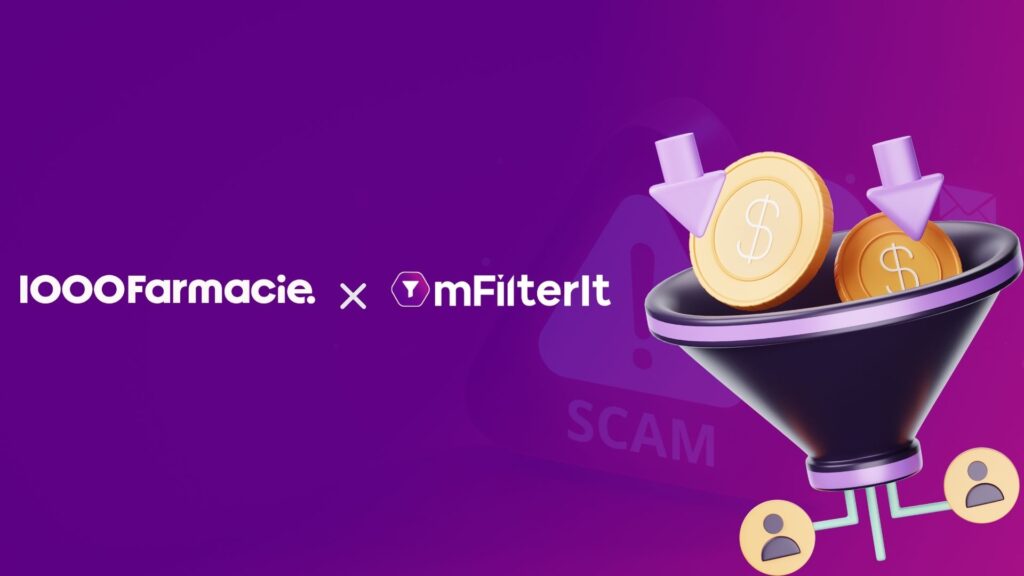As the digital advertising landscape continues to thrive, more instances of fraud are also being highlighted. A report by ANA (Association of National Advertisers) suggested that advertisers on the platform may have been losing as much as 23% of their ad budgets to fraudulent activities.
Understanding ad fraud may be the most basic yet most important step for advertisers worried about protecting their campaigns and making the most of their ad budgets. This article will help you do exactly that.
In the subsequent sections, we will discuss one of the most prevalent forms of digital ad fraud, commonly known as click fraud. In a nutshell, click fraud is the term used to describe the act of clicking on advertisements with malicious intent. Most fraudsters commit click fraud to claim credit for fraudulent clicks and make a quick buck.
Unfortunately, because executing click fraud is relatively simple, it is one of the most common forms of ad fraud. According to some studies, fraudulent clicks account for as much as 36% of the total clicks on display ads. The story of search ads is similarly harrowing, with some estimates saying 11% of all search ad clicks are fake.
Table of Contents
ToggleUnderstanding Click Fraud
So how does click fraud take place?
In its simplest form, click fraud is committed using click farms. These are bot-powered or human-powered establishments in developing countries where resources are relatively cheap.
This bot or human labor is used to generate fraudulent clicks on advertisements. Malicious publishers, who are usually in cahoots with click farm owners, get paid for these fraudulent clicks, while the advertisers paying for the clicks get no real value from their campaigns.
Since many click farms employ real human beings, their activity closely resembles genuine user behavior, flying under the radar of fraud filters used by advertising platforms. Other click farms employ networks of sophisticated bots that can replicate human activity and pass through the ad platforms’ fraud filters.
Besides the obvious objective of making a quick buck, fraudsters may employ click farms for a variety of other reasons. For instance, some businesses may employ the services of a click farm to undermine the advertising efforts of their competitors.
While click farms are the simplest way to execute click fraud, there are other more complex methods employed by sophisticated fraudsters. Some of the most common ones include:
Crowdsourced Click Fraud: Have you ever visited a website that said something like “click these ads to support our website”? If so, you may have witnessed crowdsourced click fraud taking place. Here, the publishing website gets paid for each click on the ad, and the clicks come from genuine users. However, since the clicks are mostly done to ‘support the website’, they usually don’t have any sort of purchase intent behind them. This means the advertisers pay, and the fraudulent publishers get paid for useless clicks.
Incentivised Traffic Click Fraud: In some cases, publishers offer some sort of reward to visitors or users in exchange for a click on an ad. The most common example of this can be observed in the case of smartphone games. Gaming apps incentivize users with in-game benefits in exchange for viewing or clicking on ads. Once again, the users clicking on these ads have absolutely no interest in the services or products they offer. Hence, these clicks have no value from the advertiser’s perspective, who still has to pay for them.
Botnet Click Fraud: Botnets are large networks of computers infected with malware. The malware allows fraudsters to execute commands on these devices, which real users usually own. These commands, which often include visiting certain websites and clicking on ads (in other words, click fraud), are often executed without the knowledge of the owners of the devices.
Hit Inflation Attacks: This is perhaps the most notorious form of click fraud. A hit inflation attack redirects users to a website they never intended to visit and clicks on the ads on that website. Before the user can do anything about this, they are redirected to the website they originally tried to visit.
Now that we understand how click fraud works let us look at some obvious and some not-so-obvious ways it affects advertisers.
The Impact of Click Fraud on Advertisers
As you may be able to guess, click fraud impacts advertisers in multiple ways. For the sake of understanding, we have divided these into the following categories:
Financial Implications
Wasted ad spend is the most obvious impact of click fraud on advertisers. It is also perhaps the most serious. Wasted ad spend translates into a lower return on investment. In some instances, this may mean that the affected businesses may reduce their spending on digital advertising, or worse, they may completely put a stop to their digital advertising efforts.
When this happens, the business ends up losing on two fronts. Besides losing their allocated ad spend to fraud, the company also ends up paying the opportunity cost of not continuing advertising on digital platforms.
Distorted Performance Metrics
A relatively less obvious impact of click fraud is the skewed ad campaign metrics it produces. Sources of click fraud often lead to an inflated click-through rate. In some cases, the biggest individual sources of ad traffic turn out to be the sources of fraudulent traffic.
In such cases, the advertisers responsible for optimizing the campaign may allocate more budget to these sources of inflated traffic that are sending fraudulent traffic to their website. This may also mean that advertisers may ignore perfectly valid traffic sources that may send fewer but highly relevant prospects to their websites.
Damaged Reputation and Trust
Click fraud doesn’t just affect brands and advertising platforms. It also involves and impacts real users. In most cases of click fraud, genuine users are subjected to bad user experiences. When such experiences occur during their interactions with a brand, it may impact the brand’s image in the user’s mind.
Click fraud also impacts the trust between advertisers and advertising platforms. Even ad platforms that may be actively trying to protect their clients may be unable to combat instances of fraud. This may drive advertisers away from genuinely impactful advertising platforms.
The Impact of Click Fraud on the Digital Advertising Industry
Click fraud also impacts the overall digital advertising industry. For advertisers and publishers, advertising costs rise because of instances of fraud. Such instances also reduce the returns made by advertisers. This can drive advertisers away from digital advertising and motivate them to explore other avenues to reach their customers.
With fewer players entering the digital advertising space and prevailing fraud, existing players have little incentive to innovate. Fraud is a plague that also impacts the quality of competition advertisers face. With fraud prevailing in the industry, advertisers may face competitors willing to use fraudulent activities to gain an advantage.
If such activities continue to thrive, there is a good chance that the digital advertising industry will be slapped with regulations. While it is unclear whether or not regulations will help protect advertisers, they will likely impact the returns from advertising and the ease of advertising.
Final Thought
Detecting click fraud is the first line of defense for advertisers. After all, only when you know about instances and sources of click fraud can you take steps to address them. To that end, the ad fraud solution can prove helpful.
mFilterIt Valid8, an ad traffic validation solution analyses your traffic sources and campaigns in real time, flagging and blocking any sources that engage in click fraud, impression fraud, fake installation, or other similar forms of fraud.
Get in Touch to learn more about Lead Scoring and Validation.









